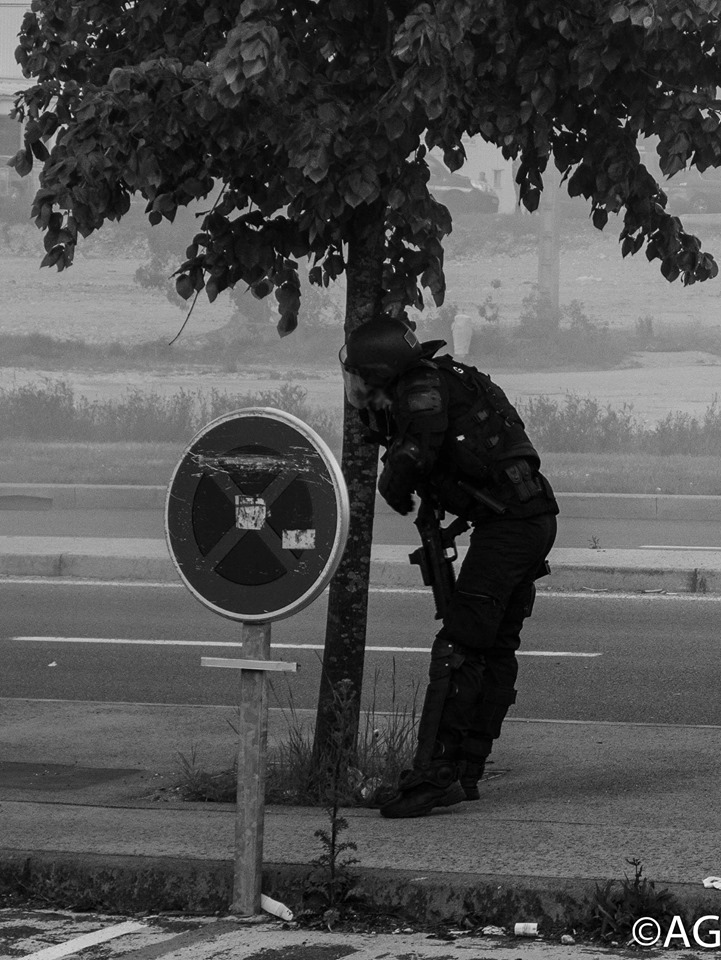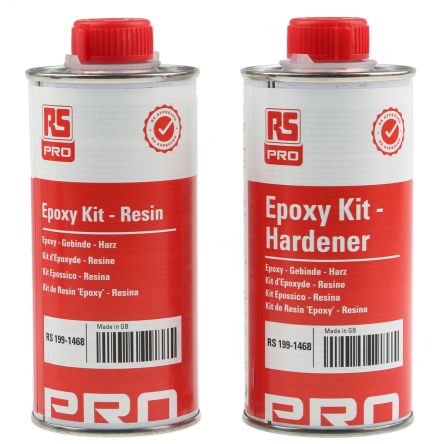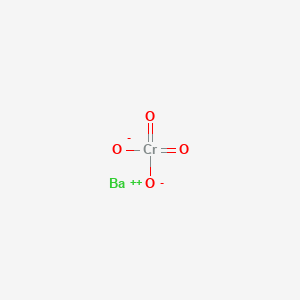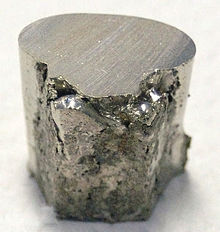Archives mensuelles : avril 2024
Qu’y a-t-il dans une grenade CS ?
Oups, pendant un entraînement CS des étudiants étaient à côté…
Paris gazage 1er mai
ANGÉLIQUE ET GENEVIÈVE POURSUIVIES POUR AVOIR RAPPORTÉ LES GRENADES LANCÉES À NOTRE-DAME-DES-LANDES L’AN DERNIER

Deux militantes comparaissent, ce 3 juin, en appel à Rennes, pour avoir déposé, devant la préfecture de Loire-Atlantique, des grenades utilisées par les forces de l’ordre lors des opérations d’expulsion à Notre-Dame-des-Landes, au printemps 2018. Elles avaient été relaxées en première instance.
Par Myriam ThiébautPublié le 03/06/2019 à 11:32 Mis à jour le 06/06/2019 à 18:10
Auprès des militants de Notre-Dame-des-Landes, l’affaire a pris le nom de « retour à l’envoyeur ». Le 19 avril 2018, Angélique et Geneviève avaient déposé des centaines de grenades de désencerclement et d’autres types de grenade, devant la préfecture de Loire-Atlantique, à Nantes. A l’époque, la préfète Nicole Klein participait à la direction des opérations d’expulsion des résidents de la ZAD de Notre-Dame-des-Landes.
Jugées et relaxées par le tribunal de police de Nantes, le 8 janvier 2019, le ministère public avait fait appel. Geneviève et Angélique se sont donc présentées ce lundi 3 juin devant la Cour d’appel, à Rennes.
View image on Twitter


Nddl : affaire dite du « retour à l’envoyeur ». Angélique et Geneviève poursuivies en appel à #Rennes pour avoir déposé dvt la préfecture de #Nantes les 100aines de grenades ramassées à Notre-Dame-des-Landes lors des expulsions du printemps dernier. Délibéré au 3 sept. @m2rfilms1210:36 AM – Jun 3, 2019See Myriam Thiébaut’s other TweetsTwitter Ads info and privacy
Interrogées, les deux femmes se disent surprises qu’on leur reproche d’avoir rapporté des objets dangereux pour qu’ils soient neutralisés et évacués. La Cour d’appel rendra son arrêt le 3 septembre 2019.
Physicians for Human Rights
Un document complet concernant le Bahreïn : https://s3.amazonaws.com/PHR_Reports/Bahrain-TearGas-Aug2012-small.pdf
Alsetex, entreprise française qui a exporté du gaz CS : https://www.tresor.economie.gouv.fr/Ressources/File/430086
Persecution of Health Professionals | Persecution in Bahrain
After the pro-democracy uprising started in Bahrain in 2011 as part of the Arab Spring, the government responded with a widespread, severe crackdown. Doctors in Bahrain, who had first-hand knowledge of government atrocities, quickly became a target after treating hundreds of protesting civilians. The Bahraini government systematically targeted medical personnel who treated, unbiasedly, wounded protestors. PHR went to Bahrain to investigate and document these attacks.
Our 2011 report Do No Harm, published following a PHR visit to Bahrain, presents forensic evidence that documents government attacks on physicians, medical staff, patients, and unarmed civilians with the use of bird shot, physical beatings, rubber bullets, tear gas, and unidentified chemical agents. Our 2012 report Under the Gun: Ongoing Assaults on Bahrain’s Health System shows the devastation on Bahrain’s health system that resulted from the Government of Bahrain’s continued assault on doctors, patients, and the health care system. Bahrain’s abuses in the spring of 2011 are the most extreme violations of medical neutrality in the past half century, and history will remember them as such.
PHR not only documented abuses against Bahraini doctors, but also began working on behalf of our medical colleagues in Bahrain in 2011. The data below tracked Bahraini physicians who were sentenced to prison starting in 2011. Following an international outcry, in-part led by PHR, draconian convictions of up to 15 years for baseless charges were in some cases reduced to months. While some doctors served their shorter sentences and were released, many continued to face difficulties in being reinstated to their jobs, reissuing their medical license and running their private practices. Hear directly from Bahraini medics and the systematic discrimination they faced in the country. Most of the doctors who were reinstated were demoted and stripped of supervising responsibilities. The main hospital in Bahrain continues to be under military control, with the Ministry of Interior continuing to exert pressure on all medical facilities, denying people treatment and arresting them from the hospitals. There has been no compensation or rehabilitation offered to the doctors who were subjected to torture, arbitrary detention and unfair trial.
Les effets directs du gaz

Le gaz lacrymogène CS est un irritant qui agit sur les yeux, le nez, la bouche, la peau et le système respiratoire. ( Source : https://www.ncbi.nlm.nih.gov/pubmed/15071820 )

Sur la peau : démangeaisons, picotement, rougeurs, avec possibilité de formation de cloques ou de dermatites. (Source : https://www.ncbi.nlm.nih.gov/pubmed/5017289 ). Dans les cas graves on peut même avoir un érythème facial et un gonflement qui obscurcit la vision (Source : https://www.ncbi.nlm.nih.gov/pubmed/11422166 ) ou une dermatite érythémateuse du visage, du cou et des mains (Source : https://www.ncbi.nlm.nih.gov/pubmed/8323322 ). Ce gaz peut provoquer des allergies (Source : https://www.ncbi.nlm.nih.gov/pubmed/1938057 ).
Sur les yeux : larmoiement, blépharospasme, démangeaisons et sensation de brûlure. (Source : https://www.ncbi.nlm.nih.gov/pubmed/5044601 ) pouvant provoquer des blessures graves à long terme : œdème stromal cornéen, larmoiement conjonctival et vascularisation profonde de l’œil (Source : https://www.researchgate.net/publication/267927145_Evaluation_of_an_Intervention_to_Reduce_Tear_Gas_Exposures_and_Associated_Acute_Respiratory_Illnesses_in_a_US_Army_Basic_Combat_Training_Cohort ) ou encore hémorragie vitréenne, neuropathie optique traumatique, symblepharon, pseudoptérygion, kératite infectieuse, kératopathie trophique, glaucome et cataracte (Source : https://www.ncbi.nlm.nih.gov/pubmed/7580500 )

Lorsque le gaz est inhalé : toux, suffocation, salivation et oppression thoracique. (Source : http://www.bvsde.ops-oms.org/tutorial1/fulltex/armas/textos/chebio/chebio.pdf ). Sur le long terme, toux persistante, douleur thoracique, production d’expectorations, hémoptysie, difficultés respiratoires et écoulement nasal, pouvant durer parfois plusieurs semaines après l’exposition. Les blocages pulmonaires avec obstruction des voies respiratoires sont observées plus souvent chez les femmes. (Source : https://www.atsjournals.org/doi/abs/10.1164/ajrccm-conference.2014.189.1_MeetingAbstracts.A3142 ) le risque de bronchite chronique est également plus élevé ( https://www.ncbi.nlm.nih.gov/pubmed/25152930 ). Les militaires qui s’exposent à ces gaz lacrymogènes ont des risques de problèmes de santé respiratoire accrus : douleur à la gorge, toux, bronchite, rhinopharyngite, sinusite et même une plus forte probabilité d’avoir la grippe ! ( https://www.ncbi.nlm.nih.gov/pubmed/25603650 ).
Des effets gastro-intestinaux sont également connus : nausées, vomissements, diarrhées et hématémèse (vomir du sang) (Source : https://www.ncbi.nlm.nih.gov/pubmed/8793527 ).
Des effets cardiovasculaires ont également été identifiés, comme de la tachycardie et de l’hypertension (Source : https://www.ncbi.nlm.nih.gov/pubmed/6407978 )
En milieu confiné, ce gaz a entraîné la mort notamment dans des prisons américaines (Sources : https://www.ncbi.nlm.nih.gov/pubmed/6807220, https://www.ncbi.nlm.nih.gov/pubmed/14193211 et https://www.ncbi.nlm.nih.gov/pubmed/370336 ) ou encore en Egypte (Source : https://www.bbc.com/news/world-middle-east-26626367 )
Pour les habitants de quartiers gazés non manifestants, des effets respiratoires persistants ont également été documentés ( https://www.atsjournals.org/doi/abs/10.1164/ajrccm-conference.2014.189.1_MeetingAbstracts.A3143 )
Composition des palets de lacrymogène CS
Nul besoin de chercher un composé secret dans le CS, ce dernier est dangereux en soi. Voici la composition détaillée d’un palet de gaz lacrymogène.
Certains pensent que le pourcentage de CS change. Là encore, ce n’est sans doute pas le principal enjeu car les grenades lacrymogènes sont utilisées dans le but de « saturer l’air » : si les grenades sont moins puissantes, les forces de l’ordre en envoient davantage. La concentration finale dans l’air avec plusieurs grenades faiblement concentrées peut être supérieure à celle d’une seule grenade très concentrée.
Les effets ressentis dépendent de paramètres environnementaux (température, vent, pression, humidité de l’air), de paramètres personnels (alimentation, fatigue, transpiration). Ils sont décuplés à haute température et en présence d’eau. Il est donc plus probable qu’un ressenti différent soit dû à ces paramètres, plutôt qu’à un changement de composition ou de concentration…
La composition classique du gaz CS est de :

45% d’agent CS

30% de chlorure de potassium (absorbeur d’oxygène utilisé pour l’extraction du gaz de schiste)

14% de résine époxy (agent d’encapsulation)
7% d’acide maléique anhydre (effet dispersant)

3% de 4,7-Methanoisobenzofuran-1,3-dione (irritant cutané fort)
Source : https://www.amazon.fr/Preparatory-Manual-Powder-Pyrotechnics-version/dp/0615174272

Et à Hong Kong, la composition a été diffusée :


80% d’agent CS

10% d’Oxyde de magnésium MgO

2% de Carbonate de magnésium MgCO3 (servant à produire l’Oxyde de magnésium)

2% de perchlorate de potassium (comburant)

1% de Chromate de baryum (pyrotechnique)

1% de Poudre d’Aluminium (Solide pyrophorique)

1% Nickel

1% Poudre de Zirconium (Solide pyrophorique )

Traces de 2,4,6-trinitrorésorcinate1 de plomb ou Styphnate de Plomb
Règles abondantes
Un symptôme encore peu associé aux gazages massifs est celui des règles abondantes observées chez les femmes. En effet, après gazage, beaucoup se plaignent d’avoir un cycle anormal avec des règles très abondantes pendant plusieurs jours.
Des femmes ménopausées ont également des saignements inexpliqués.
L’équipe propose une hypothèse de travail crédible et solide pour expliquer ce phénomène. Du fait de l’intoxication bas niveau en cyanure, on se trouve en situation d’hypoxie tissulaire. Et l’hypoxie est requise pour un cycle menstruel normal (Source : https://www.nature.com/articles/s41467-017-02375-6 ), en déclenchant la croissance de l’endomètre. Si on provoque une situation d’hypoxie anormale, il est possible que la croissance de l’endomètre soit déclenchée au mauvais moment du cycle, entraînant alors ces règles abondantes si fréquemment observées.
Les règles abondantes peuvent être la cause d’anémies avec baisse du niveau de fer (Source : https://www.ncbi.nlm.nih.gov/pubmed/24912842 ) et réduisent grandement la qualité de vie.
Le mécanisme permettant d’adapter l’organisme à une situation d’hypoxie est simple : le facteur de transcription HIF1a est continuellement fabriqué et détruit par une enzyme (PHD) ayant besoin d’oxygène. En l’absence d’oxygène, HIF1a est fabriqué sans être détruit et va modifier le fonctionnement du corps pour s’adapter à un manque d’oxygène (Source : https://www.ncbi.nlm.nih.gov/pubmed/15304631 ).
Une étude récente a montré que HIF1a était exprimé au moment des règles, mais que cette expression était réduite chez les femmes ayant des règles abondantes. Cette expression serait due à une contraction des vaisseaux sanguins amenuisant l’apport en oxygène.
Notre hypothèse de travail serait donc qu’une hypoxie (due au cyanure) entraîne les menstruations par le biais de l’expression de HIF1a et de ses cibles, mais comme son niveau est relativement bas, ces règles se font avec un niveau faible de HIF1a et donc de réparation de l’endomètre, d’où des règles abondantes et continues, avec un cycle menstruel anormal. (Source : https://www.nature.com/articles/s41467-017-02375-6.pdf )
Un traitement potentiel de ces règles abondantes serait donc d’utiliser un inhibiteur de l’enzyme prolyl hydroxylase PHD qui existe déjà sur le marché comme :
Daprodustat
Molidustat
Roxadustat
Vadadustat
Desidustat
Evidemment SURTOUT ne prenez aucun médicament en auto-médication, demandez l’avis de votre gynécologue et ne faites rien hors circuit médical. La liste des médicaments potentiels est inscrite ici pour qu’un professionnel de santé compétent, s’il passe par ici, puisse nous contacter et en dire davantage…
Nous espérons que des gynécologues ou des spécialistes se pencheront sur la question, et a déjà tenté de contacter à maintes reprises les auteurs des articles scientifiques sans réponse de leur part.
Biochimie et métabolisme du gaz CS


La molécule principale composant le gaz CS est l’ortho chlorobenzylidène malononitrile. Cette molécule est soluble dans les graisses (liposoluble) et peut pénétrer dans l’organisme la peau ( Source : https://www.ncbi.nlm.nih.gov/pubmed/11746179 ) .
Dans le sang, mais aussi dans les autres liquides biologiques, le 2 chlorobenzylidene malonitrile réagit avec l’eau, libérant du 2-Chlorobenzaldéhyde et du Malononitrile.

(Source : http://chemistry-chemists.com/chemister/NoChemie/Toxicology/chemical-warfare-agents-2008.pdf )
EN présence de Dioxygène (O2), le malononitrile s’oxyde en libérant une molécule d’anion cyanure –CN (Source : https://www.ncbi.nlm.nih.gov/pubmed/4205177 ). Il est avancé que c’est le cyanure, dont les systèmes de détoxication sont saturés, qui va bloquer diverses molécules biologiques, parmi lesquelles la cytochrome-oxydase de la chaîne respiratoire mitochondriale joue un rôle essentiel. L’anion cyanure (–CN) bloque la Cytochrome-oxydase en se complexant avec le cation ferrique (Fe3+) du cytochrome a3, le dernier maillon de la chaîne respiratoire mitochondriale bloquant rapidement la respiration cellulaire.

Dans le complexe IV de la chaîne respiratoire mitochondriale se trouve le cytochrome a3 contenant un ion ferrique lié par le cyanure : c’est à ce niveau que le cyanure va totalement bloquer la chaîne respiratoire (Source : https://www.ncbi.nlm.nih.gov/pubmed/21285466 ).
L’organisme est capable de détoxifier le cyanure par ajout d’un atome de soufre grâce à la rhodanese (Source : https://www.ncbi.nlm.nih.gov/pubmed/26071878 ), une enzyme présente dans la salive et dans le foie. Les atteintes hépatiques sont sévères en exposition à long terme au cyanure, avec vacuolation et dégénérescence des cellules hépatiques (Source : https://www.ncbi.nlm.nih.gov/pubmed/30150173 ).
On obtient alors le dérivé final, du thiocyanate, éliminé par filtration rénale.
De plus, un palet chauffé à plus de 700°C libère du cyanure directement dans l’air (Source : https://www.ncbi.nlm.nih.gov/pubmed/12486784 ), il faut donc éviter de lancer les palets de lacrymogène dans les feux… Voici les produits de sa dégradation (Source : https://www.ncbi.nlm.nih.gov/pubmed/12064532 ) :
quinoline,
o-dicyanobenzene,
2-chlorobenzaldehyde,
2,2-dicyano 3-(2-chlorophenyl)oxirane,
2-chlorocinnamonitrile.